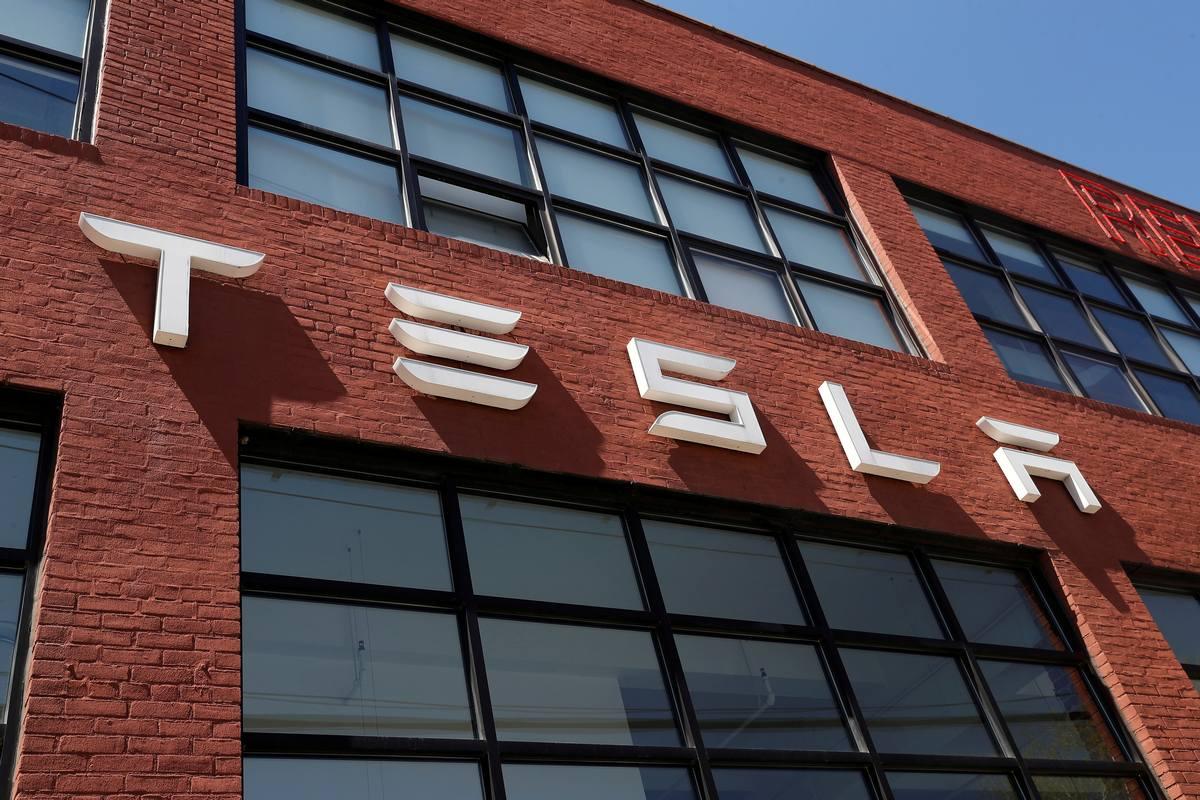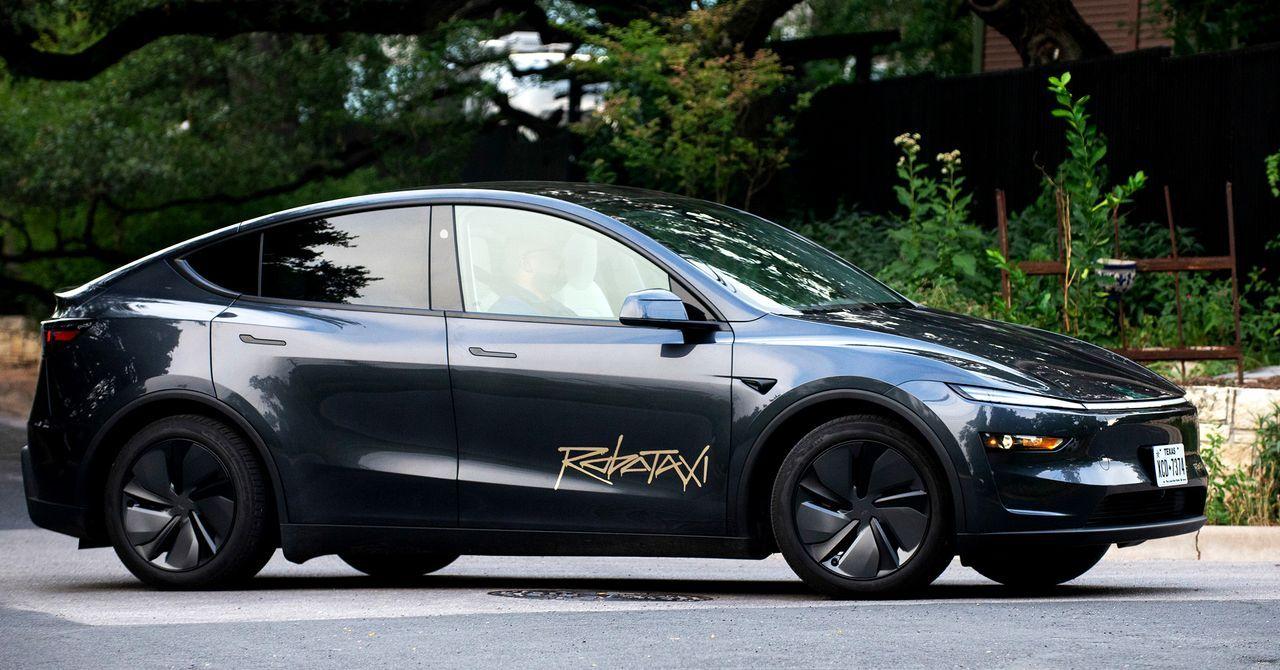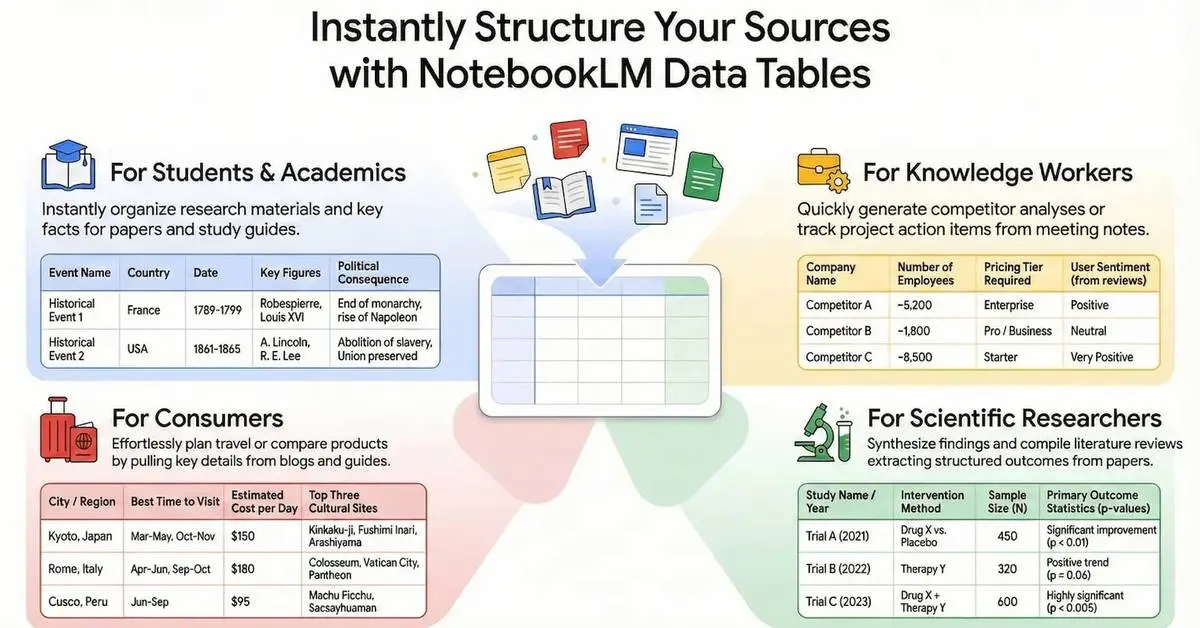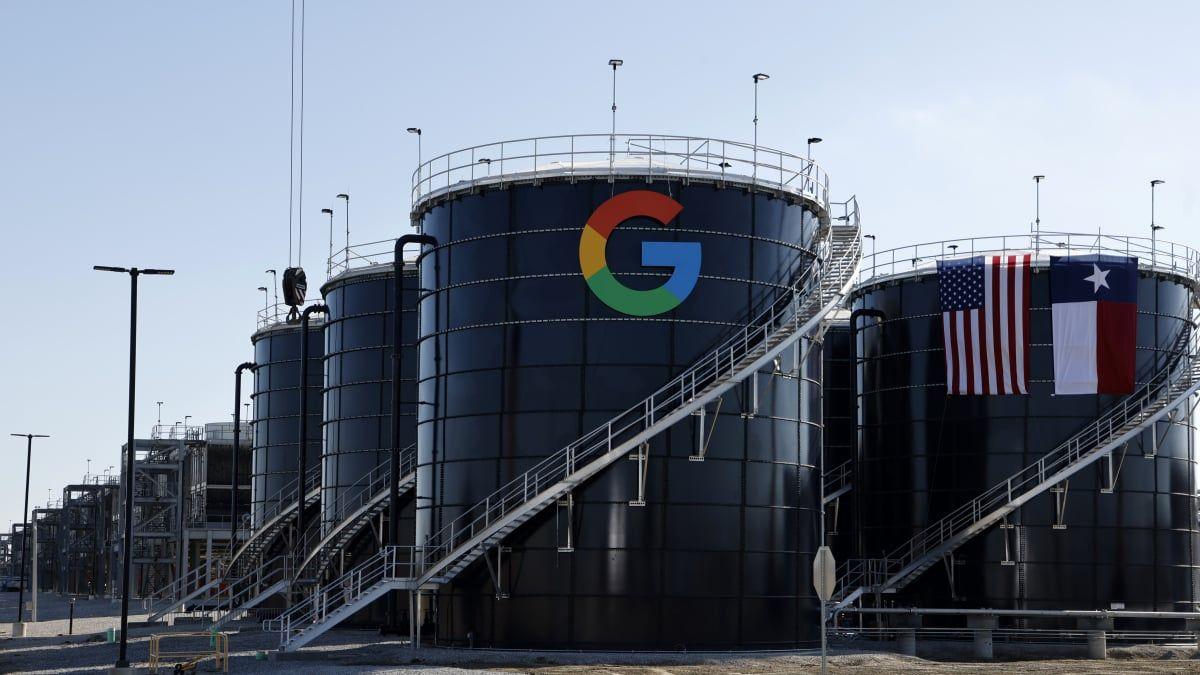Tesla's Robotaxi Launch: A Pivotal Moment for Autonomous Driving and Musk's Vision
5 Sources
5 Sources
[1]
Elon Musk Seizes on Robotaxi Debut to Move Past Trump Feud
The EV maker's CEO said the service will 'tentatively' start on June 22 but could shift due to safety reasons. Tesla Inc. already had a lot riding on its highly anticipated robotaxi launch long before Elon Musk decided to swing a wrecking ball through his alliance with President Donald Trump -- and the company's share price. Now investors are looking for a win that can help repair the brand damage and shift Tesla back into growth mode. Musk said Tesla would start the new self-driving car service in Austin as soon as June 22, as part of the EV maker's big bet on artificial intelligence and autonomous driving. While Tesla gave the city an outline of its tentative plans, the company hadn't publicly disclosed a launch date until late on Tuesday, when Musk warned the service's debut could shift because it was "super paranoid about safety." The proclamation came as part of an all-night series of posts by Musk, which included a near-apology that "I regret some of my posts" about the president, which "went too far." The comments helped push shares up 3% Wednesday by investors who have been urging Musk to refocus on business empire.
[2]
First Tesla Robotaxi Spotted Driving Around Austin
For a company that's supposedly launching an autonomous taxi service in just two days, Tesla has been fairly quiet about it over the past few weeks. But now, what appears to be the first-ever Tesla Robotaxi has been spotted driving around Austin, along with a seeming confirmation from Tesla's autonomy chief himself. The X account "Terrapin Terpene Col" posted a video today that shows a new Tesla Model Y making a turn off Austin's famed South Congress Avenue, complete with no human driver behind the wheel. The Model Y also has the graffiti-like "Robotaxi" branding on the door. The video was reposted by longtime Tesla-watcher, Sawyer Merritt. The video was then reposted by Ashok Elluswamy, Tesla's head of autonomy and AI, with the commentary: "Slowly slowly at first, then..." as a seeming confirmation that the car is the real deal. Tesla CEO Elon Musk and other company officials have indicated that the Robotaxi service will launch in June. Lasy month, Bloomberg reported the target launch date would be June 12, although that has not been confirmed by the automaker.
[3]
Tesla Robotaxi to launch soon? Viral video of Elon Musk's long-awaited rollout sparks buzz among investors
A Tesla robotaxi was spotted navigating Austin without a driver, prompting Elon Musk to confirm it's part of a limited launch starting this month. While Tesla's service begins with just 10-20 vehicles, it's being touted as a leap toward unsupervised self-driving. But critics question whether the tech is truly autonomous or just tightly controlled demos. With rivals like Waymo already running fully driverless services, Tesla's rollout may be more about optics than innovation -- yet its success could decide Tesla's future.A video showing a Tesla Model Y moving through a junction in Austin, Texas, without anyone in the driver's seat has sparked widespread attention online. The clip, shared on X (formerly Twitter), shows the car turning left past two pedestrians on a crosswalk. It carried a "Robotaxi" logo on its side and appeared to have no one behind the wheel -- just one person in the passenger seat. Tesla CEO Elon Musk reposted the video, calling it a "Beautifully simple design." It's the strongest visual signal yet of Tesla's long-awaited robotaxi rollout, which Musk has now confirmed could begin as early as 22 June, with the first self-driving delivery to a customer's home planned for 28 June. The short 10-second video was posted on Tuesday and has since been reshared by several Tesla executives, including Ashok Elluswamy, Tesla's VP of Autopilot and AI. "Slowly slowly at first, then..." Elluswamy wrote in a cryptic reference to the gradual rollout plan. The vehicle in the video appeared to be a refreshed Model Y. Though the windows were tinted, there was no visible driver. The logo on the car matched the Cybertruck-inspired font Tesla has been using in recent branding. When asked whether this marked a public launch or another test run, Tesla did not respond to media requests. The user who first posted the clip also remained silent. However, Musk clarified on X that these vehicles are "unmodified Tesla cars coming straight from the factory," meaning every new Tesla built is technically capable of full self-driving. Despite the attention, Tesla's service will remain small and tightly monitored for now. Musk said the rollout will begin with 10 vehicles, possibly scaling to 40 over several weeks. "We just want to put our toe in the water, make sure everything is OK, then put a few more toes in the water," he said during Tesla's Q4 earnings call earlier this year. "With safety of the general public and those in the car as our top priority." For now, Tesla is listed as being in the testing phase on the City of Austin's official autonomous vehicle registry. In contrast, Waymo, Google's autonomous unit, is already listed as deployed. Tesla's robotaxi debut will be restricted to geofenced zones in Austin. These vehicles are equipped with Tesla's Full Self-Driving (FSD) software and will be closely monitored -- some remotely. According to Musk, "We have a more advanced model in alpha stage that has ~4X the params, but still requires a lot of polishing. That's probably ready for deploy in a few months." The timing of this test launch is critical for Tesla. The company's profits fell 71% in the first quarter of 2025, and its core business has come under pressure as Musk has polarised public opinion by wading into U.S. politics. Tesla's long-promised robotaxi programme is now being seen as a make-or-break moment. During an interview with CNBC, Musk suggested that within a few months, Tesla could have 1,000 robotaxis operating in the U.S. By the end of 2026, he projected that number could swell to over a million. "The streets will change very rapidly," he posted on Tuesday. "Autonomous cars will be very common throughout the world in 2 to 3 years." Tesla isn't the only company running the driverless race. Waymo is already offering robotaxi rides in four U.S. cities -- Phoenix, San Francisco, Los Angeles, and Austin. It also recently partnered with Uber to offer autonomous trips through the Uber app. According to Uber CEO Dara Khosrowshahi, Waymo's fleet of around 100 robotaxis in Austin is "now busier than over 99% of all drivers in Austin in terms of complete trips per day." In California alone, Waymo's paid rides increased from 12,000 in August 2023 to over 708,000 in March 2025. In total, Waymo has delivered more than 5 million rides over the past three years, per the California Public Utilities Commission. Other competitors testing autonomous vehicles in Austin include Amazon's Zoox, Volkswagen ADMT, and AVRide, a spinoff of Yandex. Musk has long promised that Tesla would leapfrog rivals by relying solely on cameras and computer vision -- no lidar, no radar. "The overwhelming focus is on solving full self-driving," Musk said back in 2022. "That's essential. It's really the difference between Tesla being worth a lot of money or worth basically zero." But the reality is more complicated. Tesla's current software is still classified as Level 2 driver assistance and has required frequent human interventions. Federal regulators have linked Tesla's Autopilot and FSD software to dozens of crashes, some fatal. Last year, Tesla recalled over two million vehicles to add safety warnings and software constraints. Seth Goldstein, an analyst at Morningstar, noted: "I see really little impact in 2025," adding that Musk's 2026 target for millions of robotaxis is "a bit optimistic." He believes Tesla may truly scale by 2028 -- if the software improves. Despite doubts, some analysts remain bullish. Wedbush's Dan Ives called the upcoming Austin launch "key," writing: "We believe the vast majority of valuation upside looking ahead for Tesla is centred around the success of its autonomous vision." He maintains a $500 price target, and expects Tesla to expand its robotaxi fleet to 20-25 U.S. cities in the next year. Stifel analyst Stephen Gengaro wrote that Tesla could dominate with its seven million autonomy-ready vehicles already on roads. "Competitors' fleets of just thousands of cars would only be able to serve a confined portion of the total addressable market," he wrote. Tesla has asked city officials to keep details of the pilot private, citing trade secrets. But the public rollout is now visible for anyone to see -- starting with a short, silent turn caught on video. The question now is whether this is the beginning of Tesla's self-driving revolution -- or just another tightly managed tech demo designed to keep the vision alive. As Musk put it, "First Tesla that drives itself from factory end of line all the way to a customer house is June 28." The countdown has begun.
[4]
Elon Musk slates launch of Tesla robotaxi service in Austin, Texas
Tesla CEO Elon Musk said the electric vehicle maker expects to launch its long-awaited driverless robotaxi service in Austin, Texas, on June 22. The exact date could change because Tesla is being "super paranoid about safety," Musk wrote in a post on X Tuesday night. He shared a video from another user on X showing a Tesla robotaxi slowly turning around a corner and pausing for pedestrians crossing the street as it took a test drive through the Texas capital. The EV maker eventually hopes to offer the robotaxi feature to all Tesla owners, enabling then to turn their own cars into a temporary taxi service. "There'll be some cars that Tesla owns itself," Musk said last summer at Tesla's annual conference. "But then for the fleet that's owned by our customers, it will be like an Airbnb thing." "So you can say like, I'm going away for a week. Just one tap on your Tesla app, your car gets added to the fleet and it just makes money for you while you're gone." All of the vehicles currently coming out of Tesla factories are capable of unsupervised self-driving, Musk said Tuesday night. The success of the robotaxi is crucial for Tesla, which plans for most of its future business to come from its robotics and artificial intelligence divisions. Musk has claimed the company's robots and self-driving cars could boost Tesla's market value to at least $30 trillion. "We believe the vast majority of valuation upside looking ahead for Tesla is centered around the success of its autonomous vision taking hold with this key launch in Austin ahead," Wedbush Securities analyst Dan Ives said in a note Wednesday. The Tesla bull estimated progress in the company's AI and self-driving technologies is worth at least $1 trillion, and that the electric vehicle maker could reach a $2 trillion market cap by the end of 2026. Tesla, the most valuable automobile company in the world, has a market cap of $1.5 trillion. Its stock was up nearly 2% Wednesday. Sales have suffered in key global markets, losing out to cheaper Chinese rival BYD amid backlash over Musk's ties to President Trump. It also faces competition in the US from Alphabet's Waymo, which operates driverless taxis in several major cities across the country, including San Francisco and Austin. Waymo was recently forced to suspend service in downtown Los Angeles after five of its vehicles were set ablaze during anti-ICE protests. China also boasts a significant robotaxi fleet of approximately 1,700 as companies like Baidu's Apollo Go, WeRide and Pony AI all launched fully autonomous services. Tesla was anticipated to enjoy fast-tracked regulatory approvals under the Trump administration - but Musk's relationship with the president has fractured after a heated public feud on social media. Musk argued that Trump would not have won the election without his help and claimed the president was in the "Epstein files," while Trump retorted that Musk was simply enacting revenge for the end of the EV tax credit included in the GOP spending bill. The mogul attempted to ease tensions on Wednesday, writing on X: "I regret some of my posts about President @realDonaldTrump last week. They went too far."
[5]
Musk Says Tesla Robotaxi Launch Tentatively Planned for June 22
Tesla expects to launch its long-anticipated robotaxi service tentatively on June 22, CEO Elon Musk said. The date for the launch in Austin, Texas, could shift because Tesla is being "super paranoid about safety," Musk said in a post on X late Tuesday. Musk also shared a clip of a driverless black Model Y SUV testing on public roads in Austin. Tesla is hoping to derive much of its future business from robotics and artificial intelligence. Musk has portrayed the launch of driverless vehicles as central to Tesla's future success and valuation, saying that robots and self-driving cars could propel Tesla's market value to at least $30 trillion. The stakes are high for Tesla, as its core business of making and selling EVs has been under pressure amid slack buyer demand and increased competition from Chinese EV makers such as BYD. "This is a major endeavor for Musk and Tesla," Wedbush analysts led by Dan Ives said in a research note, as "the vast majority of valuation upside looking ahead for Tesla is centered around the success of its autonomous vision taking hold with this key launch in Austin ahead." They estimate the AI and autonomous opportunity to be worth at least $1 trillion for Tesla. In a bull case scenario, Tesla could reach a $2 trillion market capitalization by the end of 2026, they said. Tesla's robotaxi competes against Alphabet's Waymo domestically, which launched the service in 2020 and operates in several cities, including San Francisco and Austin. Tesla's robotaxi development has lagged behind its Chinese rivals. Baidu's Apollo Go, WeRide and Pony AI, the "Big Three" of China's autonomous driving scene, have launched robotaxi services in China and have recently expanded their footprints to the Middle East with ambitions of global operations. China's robotaxi fleet currently stands at around 1,700. Despite the rising competition, Wedbush thinks given its unmatched scale and scope globally, Tesla has the opportunity to own the autonomous market and license its technology to other auto players in the U.S. and around the globe.
Share
Share
Copy Link
Tesla is set to launch its highly anticipated robotaxi service in Austin, Texas, marking a significant milestone in the autonomous vehicle industry and potentially reshaping Tesla's future.
Tesla's Robotaxi Launch: A Game-Changer for Autonomous Driving
Tesla is poised to make a significant leap in the autonomous vehicle industry with the launch of its robotaxi service in Austin, Texas. CEO Elon Musk announced that the service is tentatively scheduled to begin on June 22, 2025, though he cautioned that the date could shift due to safety considerations
1
4
. This launch marks a crucial moment for Tesla, potentially reshaping the company's future and the broader landscape of self-driving technology.The Robotaxi Rollout

Source: InsideEVs
The first Tesla robotaxi, a Model Y with distinctive "Robotaxi" branding, was recently spotted navigating Austin's streets without a human driver
2
. Ashok Elluswamy, Tesla's head of autonomy and AI, seemingly confirmed the sighting, hinting at a gradual rollout2
3
. The initial launch will be limited in scope, starting with just 10 vehicles and potentially scaling up to 40 over several weeks3
.These robotaxis are unmodified Tesla vehicles equipped with the company's Full Self-Driving (FSD) software, operating within geofenced zones in Austin
3
. Tesla's approach relies solely on cameras and computer vision, eschewing lidar and radar technologies used by competitors3
.Market Impact and Competition
The robotaxi launch is viewed as a critical juncture for Tesla, coming at a time when the company faces challenges in its core electric vehicle business. Tesla's profits fell 71% in the first quarter of 2025, and the company has been losing market share to Chinese rivals like BYD
1
3
5
.Tesla isn't alone in the autonomous taxi market. Waymo, a subsidiary of Alphabet, already operates robotaxi services in several U.S. cities, including Austin
3
4
. In China, companies like Baidu's Apollo Go, WeRide, and Pony AI have launched fully autonomous services, with a combined fleet of approximately 1,700 vehicles3
5
.Future Projections and Investor Sentiment

Source: New York Post
Elon Musk has set ambitious targets for Tesla's robotaxi program. He projects that by the end of 2026, Tesla could have over a million robotaxis operating in the U.S.
3
. Some analysts, like Wedbush's Dan Ives, remain bullish on Tesla's prospects, suggesting that the success of its autonomous vision could significantly boost the company's valuation4
5
.However, other analysts are more cautious. Seth Goldstein of Morningstar believes that meaningful scaling of the robotaxi service might not occur until 2028, contingent on software improvements
3
.Related Stories
Regulatory and Safety Considerations
As Tesla moves forward with its robotaxi launch, safety and regulatory compliance remain paramount concerns. The company's current FSD software is classified as Level 2 driver assistance, requiring frequent human interventions
3
. Federal regulators have linked Tesla's Autopilot and FSD software to several crashes, prompting increased scrutiny3
.Conclusion

Source: Bloomberg
Tesla's robotaxi launch represents a pivotal moment not just for the company, but for the entire autonomous vehicle industry. As the service rolls out in Austin, all eyes will be on its performance, safety record, and potential to scale. The success or failure of this initiative could have far-reaching implications for Tesla's future, the adoption of self-driving technology, and the broader landscape of urban transportation.
References
Summarized by
Navi
[2]
[4]
[5]
Related Stories
Recent Highlights
1
Google launches Gemini 3 Flash as default AI model, delivering speed with Pro-grade reasoning
Technology

2
OpenAI launches GPT Image 1.5 as AI image generator war with Google intensifies
Technology

3
OpenAI launches ChatGPT app store, opening doors for third-party developers to build AI-powered apps
Technology








